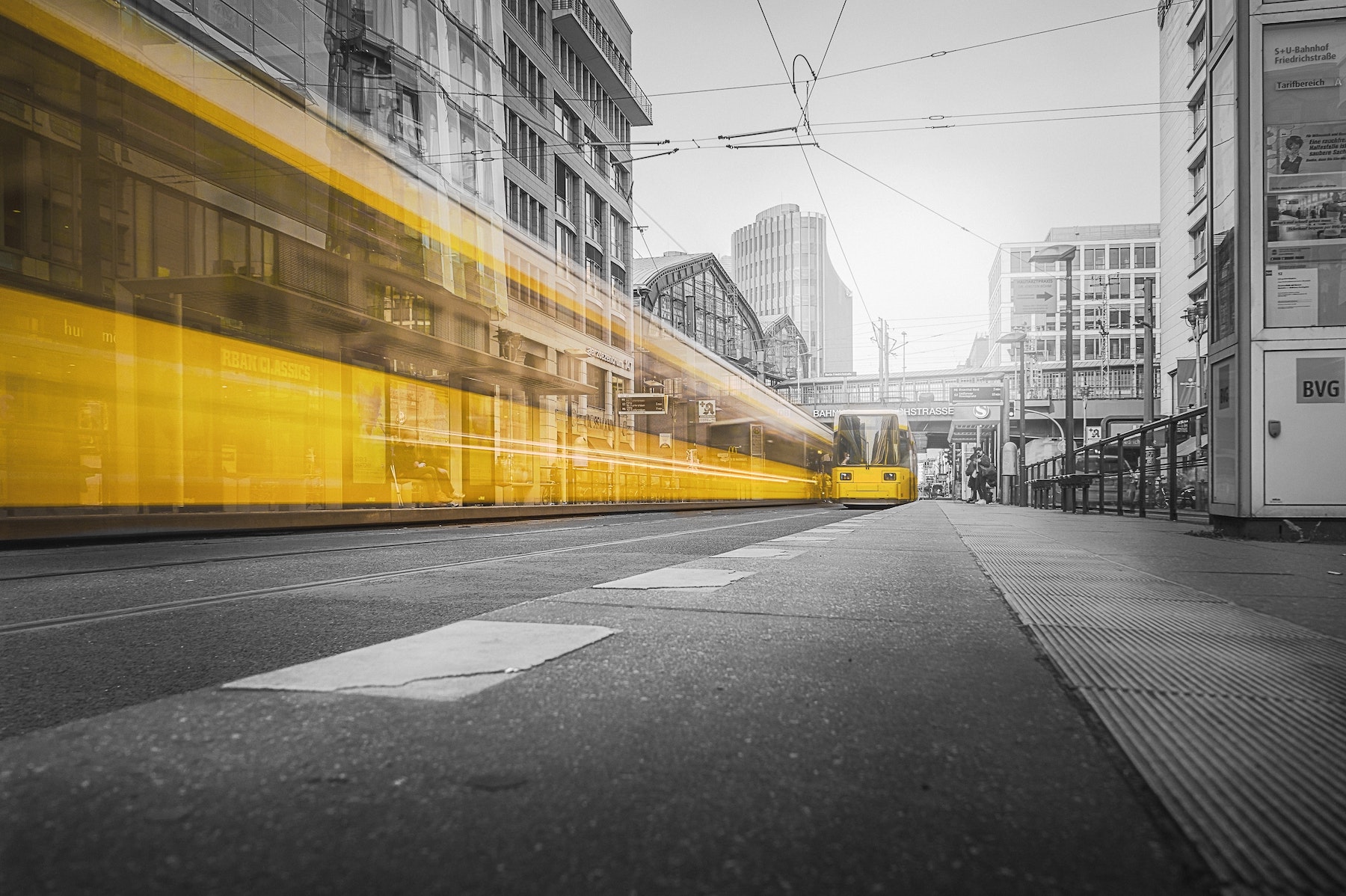As construction commences on the raising of London Circuit, Light Rail Stage 2 (LR2) has been in the news recently. So we thought it was time to discuss why LR2 is so important, not just as public transport infrastructure, but also as a key part of Canberra’s response to our housing and climate crises.
Light Rail Stage 1 was a success
As a transport project, Light Rail Stage 1 from Civic to Gunghalin was a great success. Surveys indicated more than 40% of light rail users were not frequent public transport users before the introduction of light rail. Traffic along Northbourne Avenue dropped by 20% during peak periods. This alone has made light rail a victory for climate action in the ACT.
However, an underrated feature of Stage 1 is its impact on housing in the Inner North. As we’ve discussed before, exclusionary zoning laws mean that the Inner North has historically contributed little to Canberra’s housing supply. But thanks to planning changes introduced in conjunction with light rail, that is starting to change. The ACT Government estimated at the time that the planning changes would unlock an extra 37k homes near to light rail and jobs.
There’s still plenty of work to do: the light rail upzoning was limited in scope, and we should do more to invest in social housing and allow medium density throughout the inner north, near to great communities, public transport and jobs. But the facts are clear - light rail still enabled a much-needed housing boost.
LR2 is key to unlocking a more equitable inner south
That brings us to LR2, in particular stage 2B, which will run through Canberra’s Inner South to Woden. It’s a major commitment from the ACT Government, that will take advantage of the existing infrastructure established for Stage 1 to create a new rapid transit corridor and free up huge numbers of buses for other routes.
It’s also key to reducing the ACT’s carbon emissions, more than 60% of which come from transport. Rapid public transport of this kind complements electric vehicles in our climate transition by providing cheap low-carbon transit options for those who can’t, or can’t afford, to drive zero emissions cars.
So what’s the opposition to LR2 about? Well some claim there are cheaper options. Reasonable people can disagree about the merits of various transport modes, but as the Public Transport Association of Canberra have noted, non-rail options aren’t likely to be much cheaper. That’s because many of the most costly parts of light rail - at-level stops, dedicated lanes, new vehicles and depots - are common to other rapid transit typologies.
Different technologies also wouldn’t fix the major factor delaying LR2: planning. In particular, the National Capital Authority seems to apply much stricter scrutiny to new public transport than to any of the roads or car parks that currently blight our inner city, which has added significantly to the cost and time taken for light rail in the ACT.
Opposition to LR2 is mainly about housing
Ultimately though, the opposition to LR2 isn’t about transit technologies. It’s about housing. A recent urban infill capacity assessment found that LR2 could significantly increase home-building in the Inner South, with only minor planning changes.
And this assessment was incredibly conservative - it assumes that townhouses and small apartment buildings will continue to be banned across the vast majority of the inner south. Nonetheless, even these weak plans for new transit-oriented development in the inner south have garnered opposition from a tiny group of very engaged NIMBYs.
Although Canberra’s Inner South is a key hub for employment and culture, it also has some of the city’s most expensive homes, meaning low-income families are locked out. That hasn’t stopped some groups, like the Deakin Residents Association, from strongly opposing any new homes in the area on the basis that it would threaten their suburb.
These groups also combat the importance of great public transport to meeting Canberra’s climate goals by claiming that suburban sprawl is good for the environment, and that electric vehicle uptake will make further clean transport investment unnecessary.
The result is that light rail, which polling shows is popular and has been backed in consecutive elections by Canberra voters, is put at risk because ACT politicians are hearing continuous complaints from a few angry locals that their house prices will go down.
More public transport means more homes
LR2 alone certainly won’t fix Canberra’s housing problems - we still need broader upzoning and planning reforms to legalise more and more affordable homes. And there’s still plenty of work to be done by the ACT Government to get LR2 back on track and make sure Canberra’s broader light rail network becomes reality.
But if anti-housing voices are the only ones shaping our local politics, then it’s not just LR2 that’s at risk. We need new public and active transport infrastructure to unlock a more sustainable and affordable Canberra. That means saying yes to more and better housing in the places people want to live.
